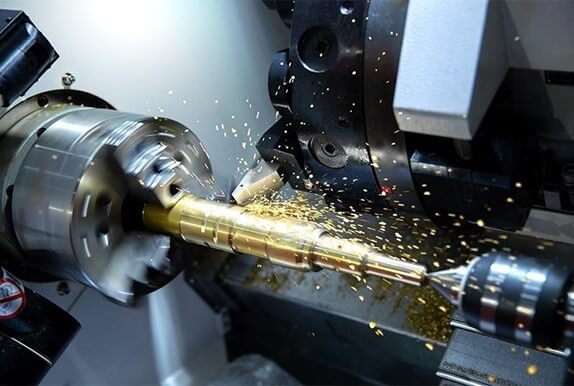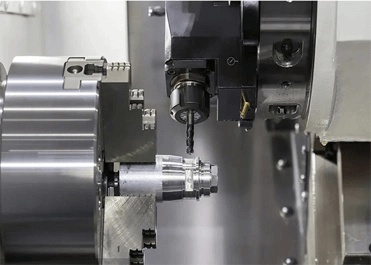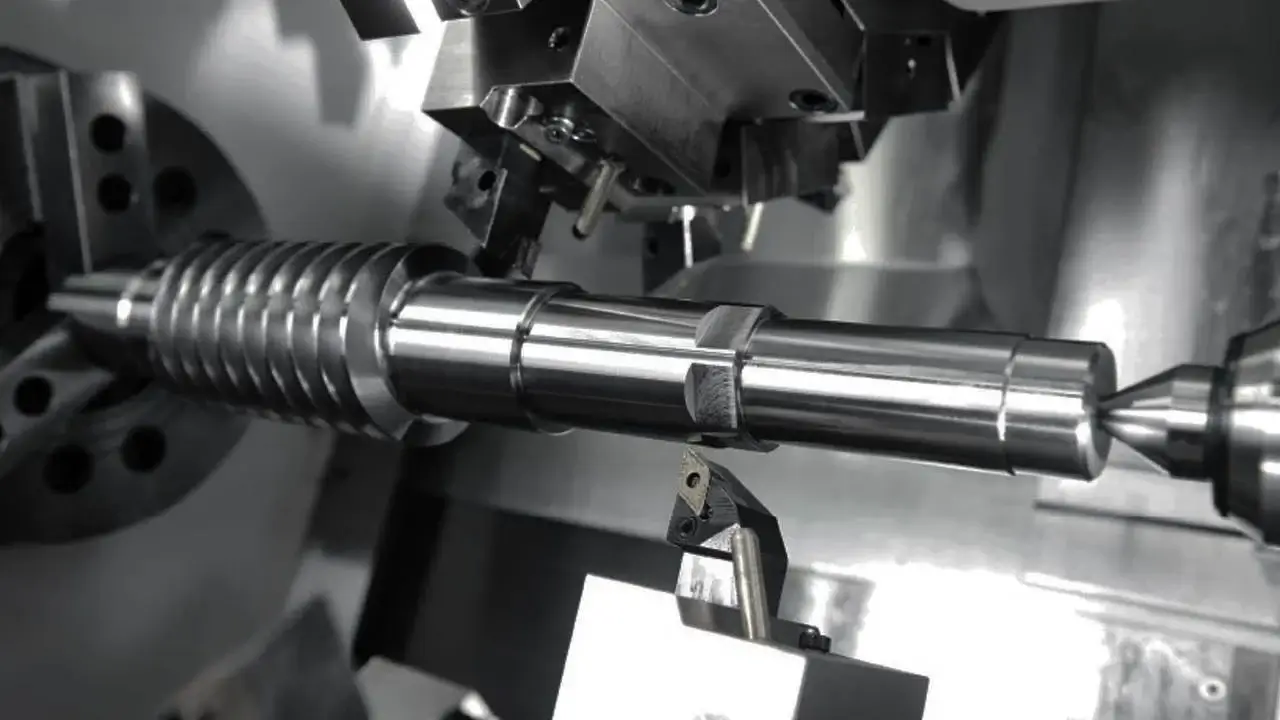Precautions for using CNC turning
Turning is a cutting method on a lathe that uses the rotation of the workpiece relative to the tool to perform cutting operations. CNC turning allows the workpiece rather than the tool to provide most of the cutting energy. Turning is the most basic and most commonly used cutting method, and it occupies an extremely important position in production. Turning is suitable for machining rotating surfaces. Most workpieces with rotating surfaces can be machined by turning, such as internal and external cylindrical surfaces, internal and external conical surfaces, end faces, grooves, threads, and rotating forming surfaces. The main tool used is a turning tool.
The process of CNC lathe machining is similar to that of ordinary lathe machining, but since CNC lathe machining is a single clamping, all turning operations are completed automatically and continuously, the following aspects should be noted.
1.Reasonable selection of CNC turning cutting amount
For efficient metal cutting, the material being machined, the cutting tool and the cutting conditions are the three main factors. They determine the machining time, tool life and machining quality. The most economical and effective machining method is to reasonably select the cutting conditions. The three elements of CNC turning cutting conditions: cutting speed, feed rate and cutting depth directly damage the tool. As the cutting speed increases, the temperature of the cutting edge increases, resulting in mechanical, chemical and thermal wear. When the cutting speed increases by 20%, the tool life is reduced by half.
The relationship between feed conditions and tool wear is generated within a small range. However, when the feed rate is high, the cutting temperature increases and the tool wear is large. It has less impact on the tool than the cutting speed. Although the impact of cutting depth on the tool is not as great as cutting speed and feed rate, when cutting at a small depth, a hardened layer will be generated in the cut material, which will also affect the tool life.
Users should select cutting speed, hardness, cutting state, material type, feed rate and cutting depth suitable for the material being processed. The selection of the most suitable processing conditions is based on these factors. Achieving the regularity and stable wear of tool life is an ideal state. But in actual operation, the selection of tool life is related to tool wear, changes in the size of the workpiece being processed, surface quality, cutting noise, processing heat, etc. When determining the processing conditions, it is necessary to study according to the actual situation. For difficult-to-process materials such as stainless steel and heat-resistant alloys, coolant can be used or rigid blades can be selected.

2.Reasonable selection of CNC turning tools
- During rough machining, high-strength and high-durability tools should be selected to meet the requirements of larger backcuts and feed rates during rough machining.
- During fine machining, high-precision and high-durability tools should be selected to ensure the requirements of machining accuracy.
Machine tools and machine tool blades should be used as much as possible to reduce tool change time and facilitate tool alignment.
3.Reasonable selection of CNC turning fixtures
For CNC turning, universal fixtures should be used to clamp workpieces as much as possible to avoid using special fixtures. The positioning datums of parts should coincide to reduce positioning errors.
4.Determine the CNC turning processing route
The processing route refers to the movement trajectory and direction of the tool relative to the workpiece during CNC machine tool processing.
- The requirements for machining accuracy and surface roughness should be guaranteed;
- The processing route should be shortened as much as possible to reduce the idle travel time of the tool.

5.Relationship between CNC turning machining route and machining allowance
At present, when CNC turning has not yet reached the conditions for popularization, the excessive machining allowance on the workpiece, especially the workpiece with forging or casting hardened layer, should be processed on ordinary lathes. If it must be processed on a CNC lathe, the program should be arranged flexibly.
6.Key points for CNC lathe fixture installation
At present, the connection between the hydraulic chuck and the hydraulic clamping cylinder is achieved through a pull rod. The clamping points of the hydraulic chuck are: first, remove the nut on the hydraulic cylinder, remove the pull rod, and pull it out from the end of the spindle, and then remove the fixing screw of the chuck to remove the chuck.
